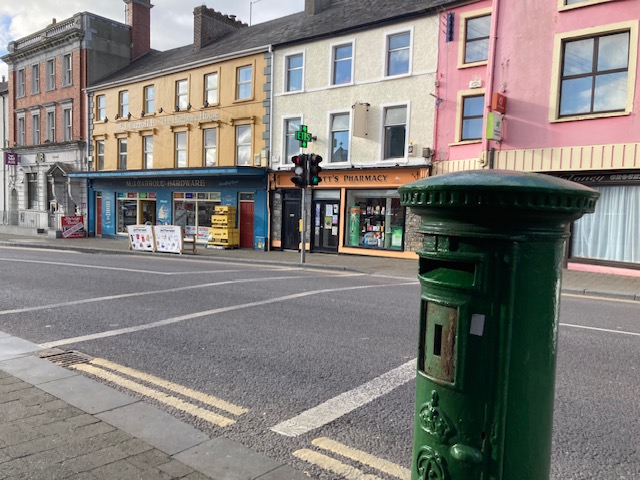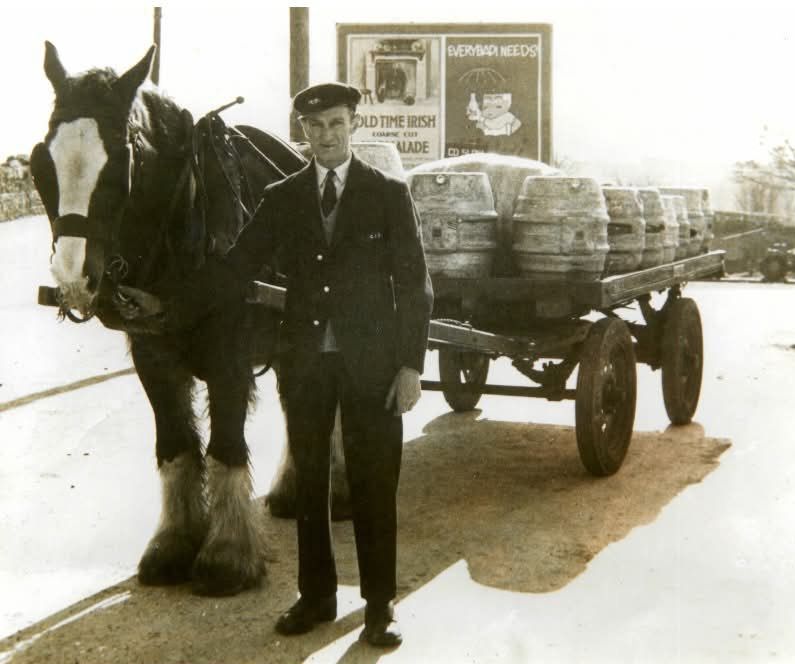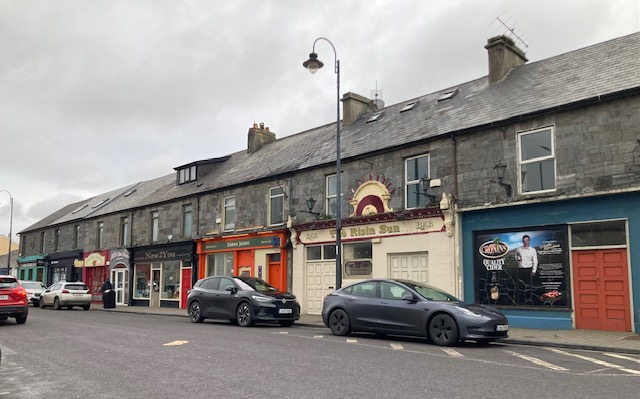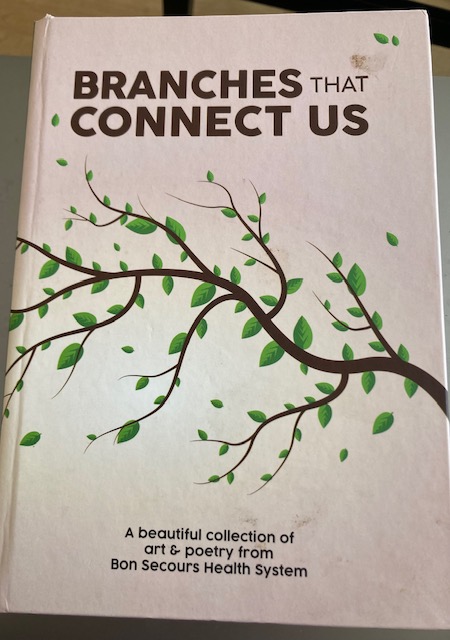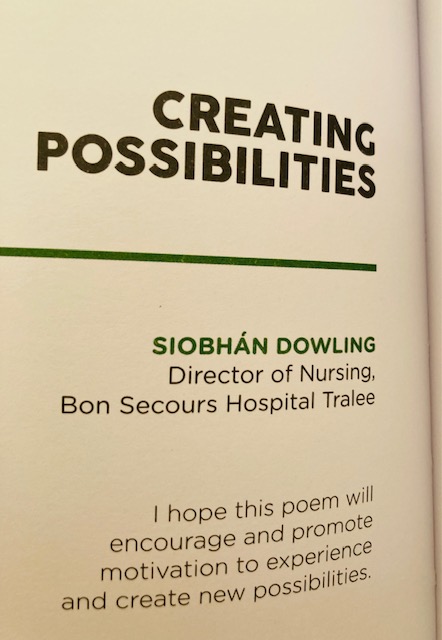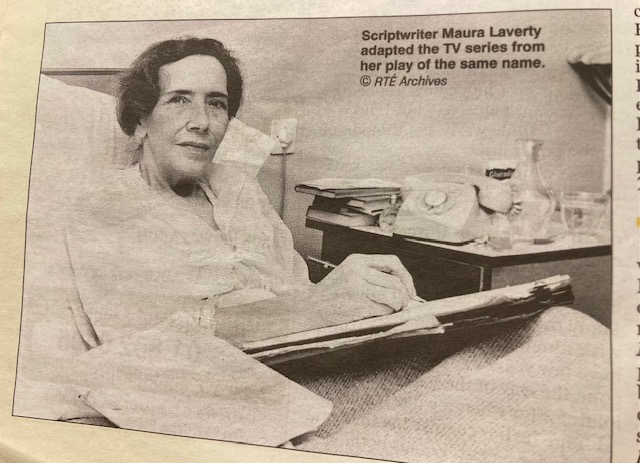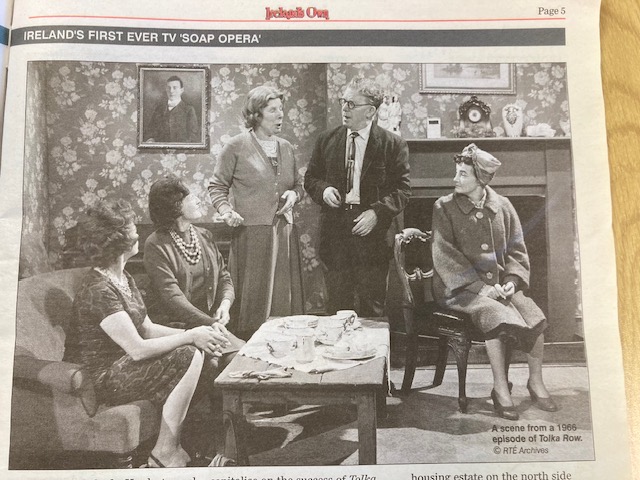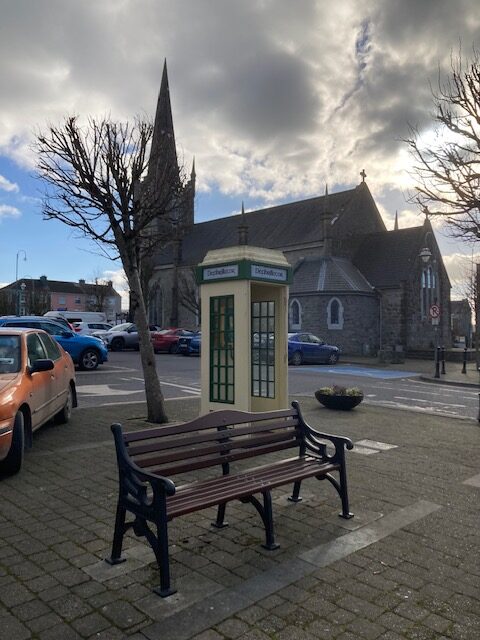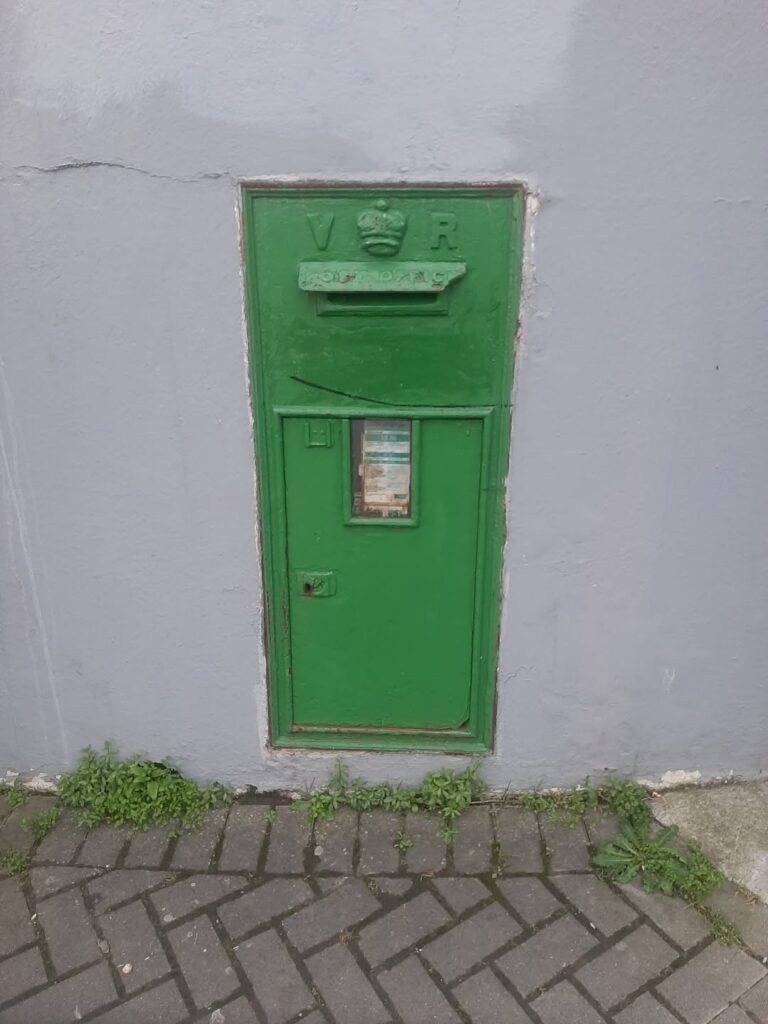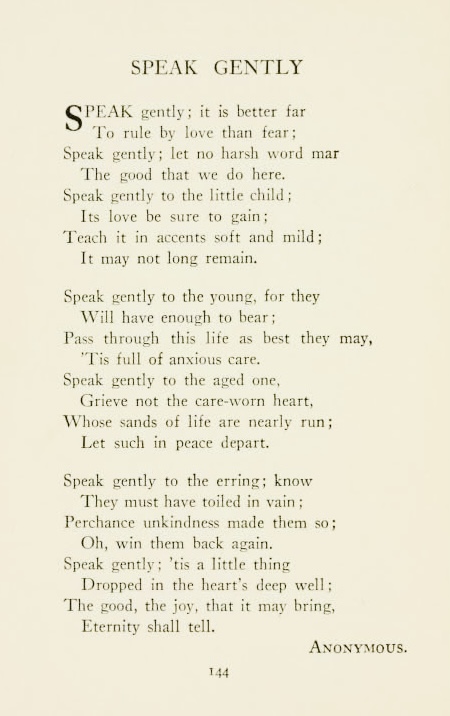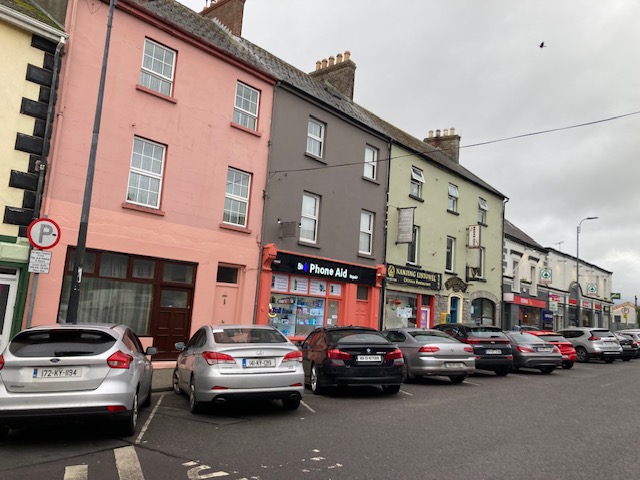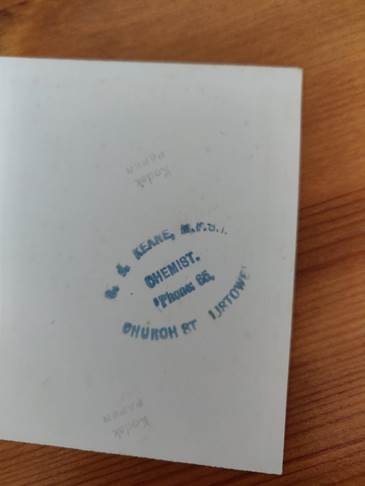
Listowel Garda Station, February 2025
<<<<<<<
Pillar Post boxes

Pillar postbox in Main Street Listowel
Anthony Trollope, the novelist, introduced the pillar box to Britain in 1852 when he worked as a Post Office Surveyor in the Channel Islands. The first mainland box was erected a year later in 1853. At first local District Surveyors ordered boxes from local foundries. In 1859 a standard design was introduced. Wall boxes appeared in 1857, Ludlow boxes in 1885 and lamp boxes in 1896.
Each new reign brings boxes bearing the royal cipher of the monarch. Pillar boxes and wall boxes have been made in different sizes and with improvements to the design incorporated over time. A large number of different manufacturers have been employed and over the years there have been many experimental boxes put in service.
<<<<<<<<
The Big Wind
I took the story and image from Joe Harrington’s Facebook page. He posted it on the eve of Eowyn.

Night of the Big Wind
The incoming Storm Éowyn would appear to be on the scale of the ‘Night of the Big Wind’, 6-7 January 1839. The centre of the storm to the north of Ireland is forecast to be as low as 938 Millibars (MB). The storm 186 years ago was 20 MBs lower at its centre. However, the pressure over Kerry at the height of this storm may well be lower than it was here on the night of the big wind.
In the 1839 storm, the number killed may have been about three hundred. It was calculated that 4,846 chimneys were knocked. How the fallen chimneys could be counted so accurately, and the dead so vaguely is strange. Trees were a valuable commodity and some Landlords had grown fine stands. These were valuable on January 6 and almost worthless on January 7, 1839. There was a glut of firewood on the market.
Many people lost their small savings, secreted inside the thatch when roofs were carried off. There was no weather forecasting at the time and the storm arrived unannounced. Winds reached 120 miles per hour in what was a category three hurricane. Twenty-five percent of the houses in Dublin were destroyed and 42 ships were sunk along the east coast.
From Kerry, it was reported that the “well-constructed Listowel Arms Hotel” was damaged and in the same town, the police under Chief Constable Fletcher were credited with saving many lives. There were no deaths in Listowel.
The 1908 Old Age Pensions Act came into law in January 1909 for those over 70 years of age – exactly 70 years after the Night of the Big Wind. Over a quarter of a million applied and within a year over 180,000 had been deemed successful. Contrary to popular belief, the acceptance of a memory of the Big Wind as proof of age in a claim for the Old Age Pension is not backed up by any records of the time. There is a belief that some official of the Board may have asked people who were having trouble providing proof of their age what they were doing on the night of the Big Wind but when large numbers answered “eating a potato out of my hand” that approach was quickly dropped.
<<<<<<<<<
Love is in the Air

Danny Russell is not only an excellent hairdresser, he is a top class window dresser as well. His Valentine’s 2025 window is a triumph.
<<<<<<<
A Poem Celebrating a Tree
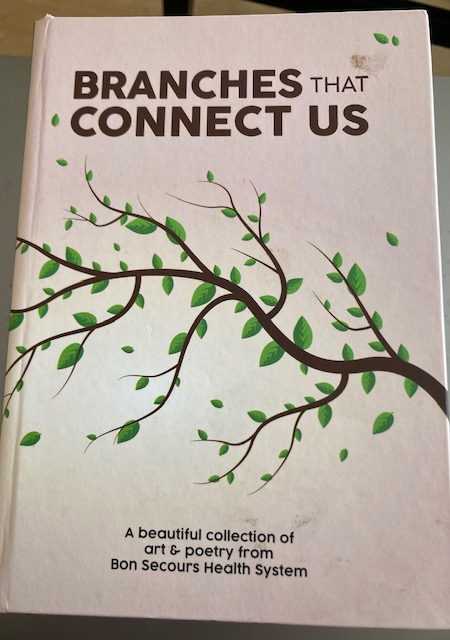
Anyone who is familiar with the back gate entrance to UCC or anyone who works in The Bons in Cork or visits there will know this tree.


<<<<<<<<<
A Fact
In Finland 9 out of 10 plastic bottles and almost all glass bottles are recycled.
<<<<<<<

